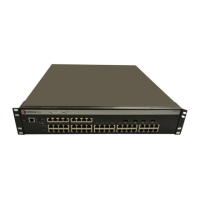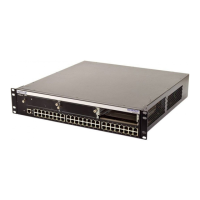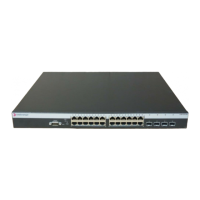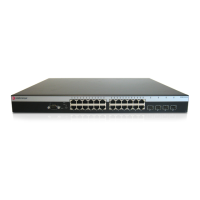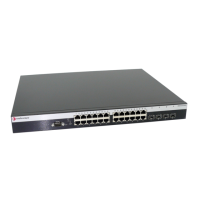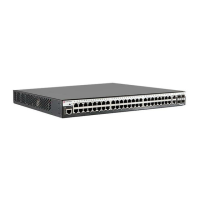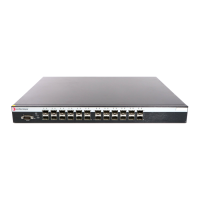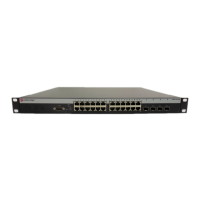Configuring the Switch
3-120
3
Web – Click PoE, Power Port Configuration. Enable PoE power on selected ports,
set the priority and the power budget, and then click Apply.
Figure 3-74. Configuring Port PoE Power
CLI – This example sets the PoE power budget for port 1 to 8 watts, the priority to
high (2), and then enables the power.
Address Table Settings
Switches store the addresses for all known devices. This information is used to pass
traffic directly between the inbound and outbound ports. All the addresses learned
by monitoring traffic are stored in the dynamic address table. You can also manually
configure static addresses that are bound to a specific port.
Setting Static Addresses
A static address can be assigned to a specific interface on this switch. Static
addresses are bound to the assigned interface and will not be moved. When a static
address is seen on another interface, the address will be ignored and will not be
written to the address table.
Command Attributes
• Static Address Counts* – The number of manually configured addresses.
• Current Static Address Table – Lists all the static addresses.
• Interface – Port or trunk associated with the device assigned a static address.
• MAC Address – Physical address of a device mapped to this interface.
• VLAN – ID of configured VLAN (1-4094).
* Web Only
Console(config)#interface ethernet 1/1 4-151
Console(config-if)#power inline maximum allocation 8000 4-81
Console(config-if)#power inline priority 2 4-81
Console(config-if)#power inline auto 4-80
Console(config-if)#
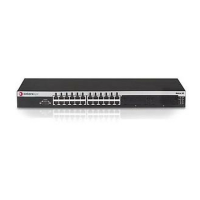
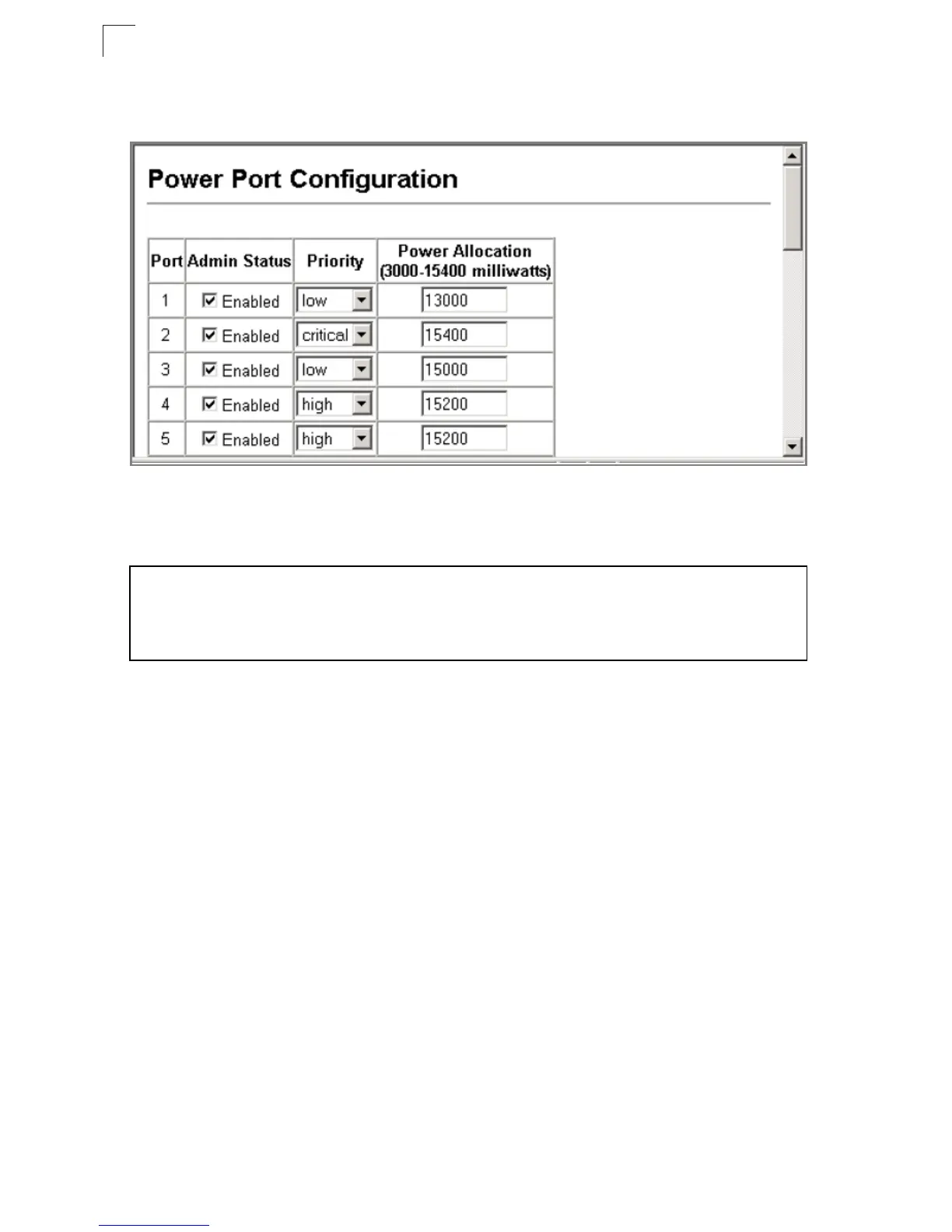